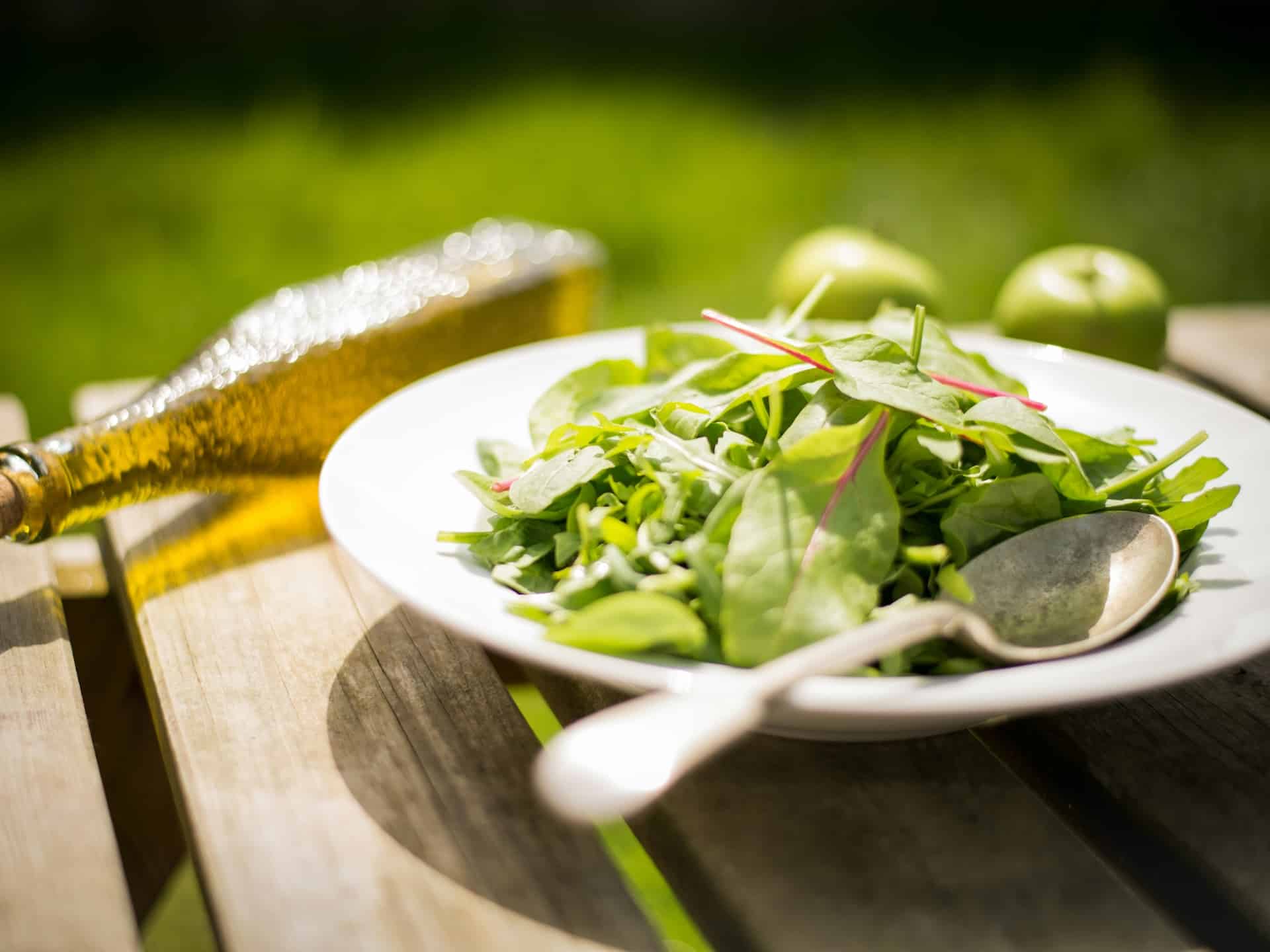
Lecithin is a substance that is produced naturally by our body, but it is also present in other animals and plants. It can be synthesized in the laboratory and sold in the form of supplements, especially the one extracted from soybeans.
Despite its proven properties, before starting to take it regularly, you should consult a specialist and be aware of the possible dangers of soy lecithin for health.
What is soy lecithin and where can I find it?
Lecithin is a “fatty substance, which It is part of the tissues «It is a source of phosphoric acid, both from animals and plants. It is composed of phosphoric acid, fatty acid, glycerol, glycolipids, triglycerides and phospholipids that can be phosphatidylcholine, phosphatidylethanolamine and phosphatidylinositol,» explains the biologist and dietician-nutritionist, Mariola Melero. Our body produces it naturally in the liver to form the cell membranes.
We also find lecithin, along with cholesterol and bilirubin, in bile, a green secretion of great importance in digestion, since it is responsible for emulsifying the lipids (fats) that we ingest in our diet.
Foods containing lecithin
Melero, a member of the Spanish Academy of Nutrition and Dietetics, explains that lecithin is also found naturally in the eggs, in whole grains and in legumesincluding soybeans. “It was the French chemist and pharmacist Theodore Gobley who named phosphatidylcholine as lecithin and originally isolated lecithin from egg yolk. In fact, in classical Greek, lectin means egg yolk. He later developed the full chemical formula and demonstrated the presence of lecithin in a variety of biological samples.” That is, lecithin is not exclusive to eggs.
Despite being present in many foods, Lectin is mainly extracted from soybeansThe benefits of soy lecithin are highlighted by the current trend of recommending the intake of healthy lipids. “Precisely, the most widespread knowledge of the effects of phospholipids has emerged from the study of those derived from soy,” confirms the nutrition expert.
What is soy lecithin used for?
Lecithin can be extracted from soybeans by mechanical or chemical extraction. “The current interest in soy lecithin compounds stems from their efficacy in Incorporate different fatty acids and phospholipids for cell membranes.since they are better absorbed and utilized than triglycerides.” In other words: our body uses them better than regular fats from other foods.
But, without a doubt, its greatest asset is its height. emulsifying capacityTo make an easy-to-understand analogy, lecithin acts as a detergent for fats. It disperses them into small particles and facilitates their transport in the blood. without being deposited in the veins and arteriesProof of this is that when a person has an insufficient amount of lecithin in their body, cholesterol is deposited more easily on the walls of their arteries, hardening them and gradually producing a narrowing that will end up generating atherosclerosis.
However, lecithin is never included as a treatment factor, but rather as a preventive factor. And always within the framework of a healthy and varied diet.
The food industry also takes advantage of this emulsifying property of soy lecithin to help mix ingredients that normally don’t blend well, such as water and oil.
Health properties of soy lecithin.
Lowering levels of ‘bad’ cholesterol in the blood
Soy lecithin and cholesterol often go hand in hand, and it is no coincidence. “Lecithin provides very healthy fatty acids, such as linoleic and linolenic acids, as well as inositol, choline and phosphorus. All of these components contribute to improve blood lipid profile and prevent the development of fatty liver, a truly serious condition, linked to increased metabolic and cardiovascular risk.» Always as a preventive factor against cholesterolnot curative and within the framework of a healthy diet
Possible ally in menopause
Although the properties of soy isoflavones are better known than those of soy lecithin, some study She notes that high doses of soy lecithin (1,200 milligrams a day) may not only increase stamina, but also reduce diastolic blood pressure (when the heart is filling with blood) and the cardio-ankle vascular index (a calculation used to predict cardiovascular risk). These two parameters are often altered in middle-aged women who experience fatigue during menopause. “However, further studies of longer duration and with more patients with severe fatigue are still needed to corroborate these findings,” she adds.

Contraindications of soy lecithin
It is generally well tolerated. Various trials have shown that it is not toxic, provided that is consumed in the appropriate dosesAn excessive dose can cause abdominal pain, diarrhea due to its laxative effect, sweating, vomiting and weight loss.
Melero adds that lecithin does not contain gluten. “It can be consumed by people with celiac disease. It is only contraindicated for those who are allergic to soy or any of its components,” he warns.
Not recommended during pregnancy
Soy lecithin should be avoided during pregnancy and breastfeeding. Firstly, because there are few studies that support its use during pregnancy. In addition, it is a substance that easily crosses the placental barrier, with the consequent concentration of isoflavonoids in the healthy newborn, which increases the risk of developing cancer.
How to take soy lecithin
Before taking any Soy dietary supplement It is necessary to consult with a specialist, who will assess the patient’s health and establish both the dose and the duration of intake. The guidelines approved by the European Medicines Agency for adults are between 750 and 2,700 milligrams between 2 and 3 times a day.
The ALDI Council
Nutritional supplements may interact with medications, reducing their effectiveness or causing adverse effects. If you take soy lecithin and are prescribed any medication, consult your doctor first.

Mariola Melero. Member of the Spanish Academy of Nutrition and Dietetics. Head of the Mariola Melero Nutrition Center since 2006, whose objective is nutritional education based on the Mediterranean diet and addressing individual needs. Support for overweight and obesity. Treatment for different pathologies. Nutritional treatment for functional digestive pathology. Continuing education teacher in the area of Nutrition, health and food. She has a Degree in Human Nutrition and Dietetics, a Bachelor’s Degree in Biological Sciences, a Master’s Degree in Clinical Nutrition, and a Higher Technician in Dietetics. The latest training courses undertaken focus on microbiota, functional digestive pathology and in-depth study of nutraceuticals and supplements in Clinical Nutrition. www.dieteticamelero.com. Instagram: @nutricionydieteticamelero FB: Nutrición y Dietética Melero







